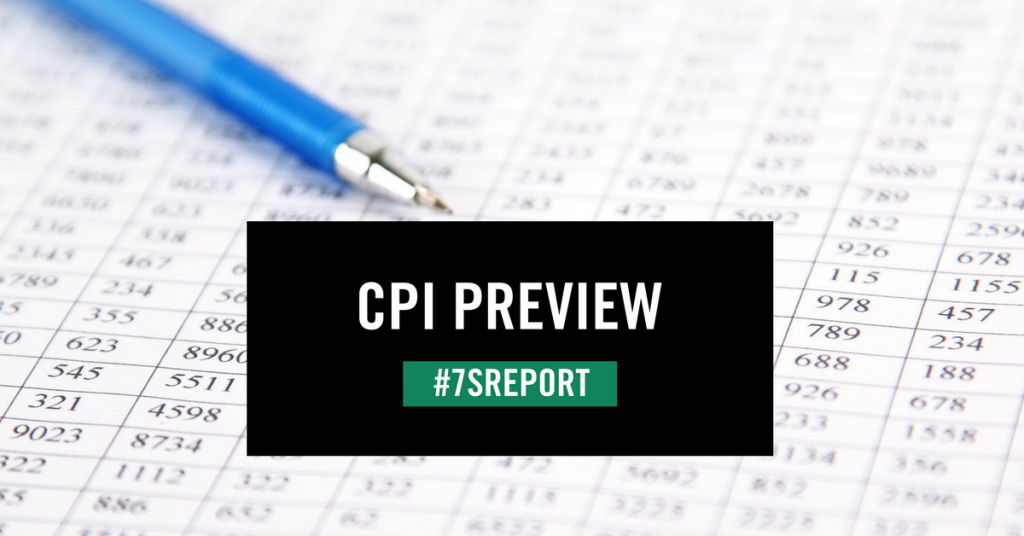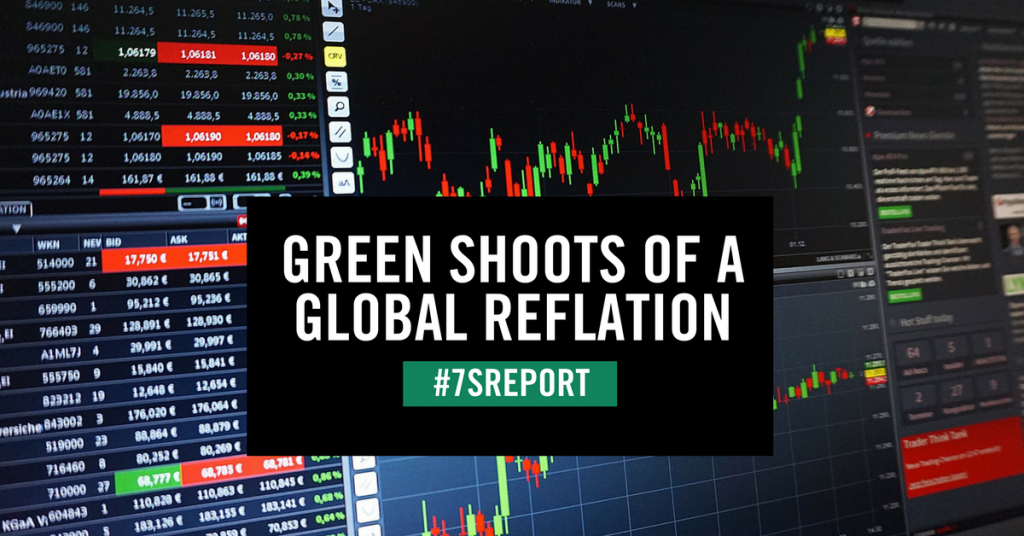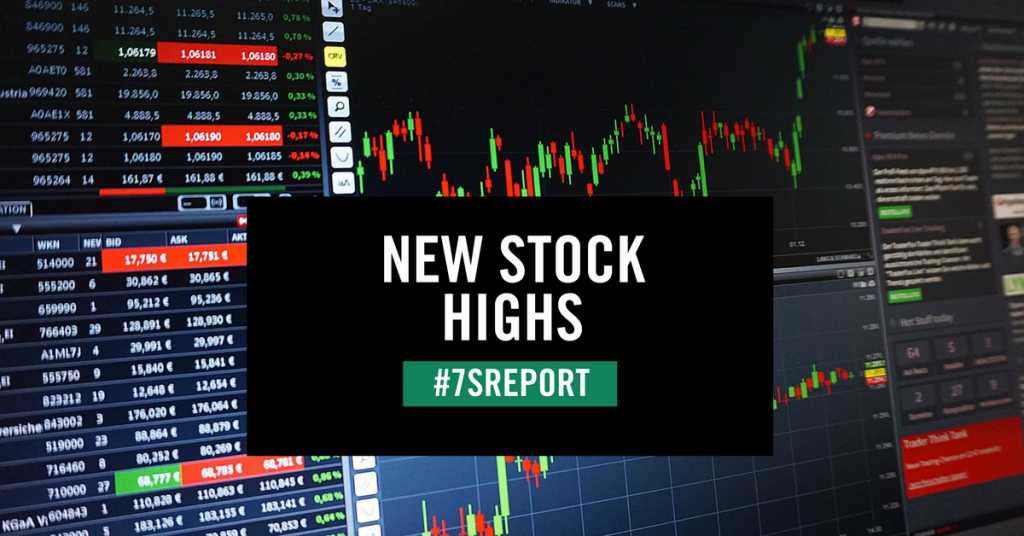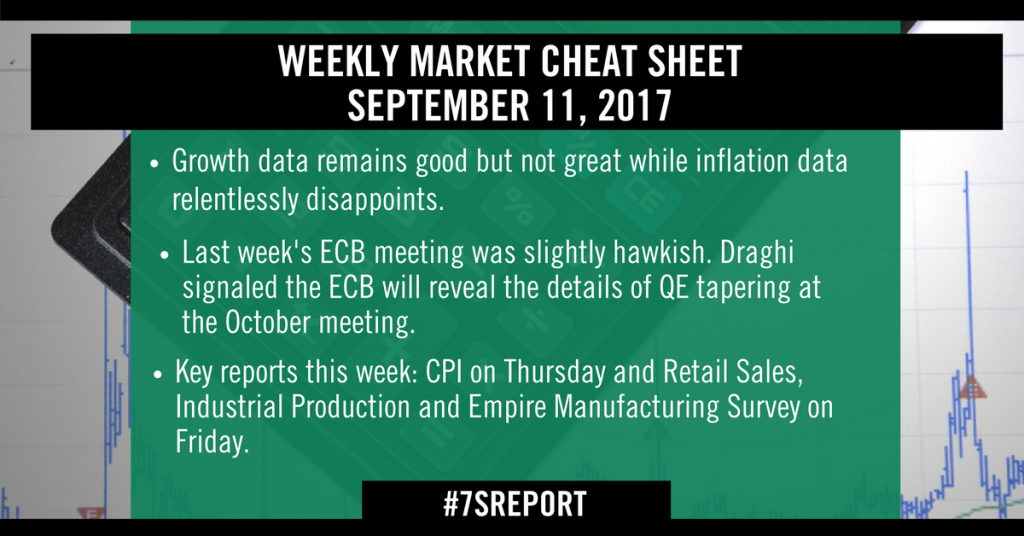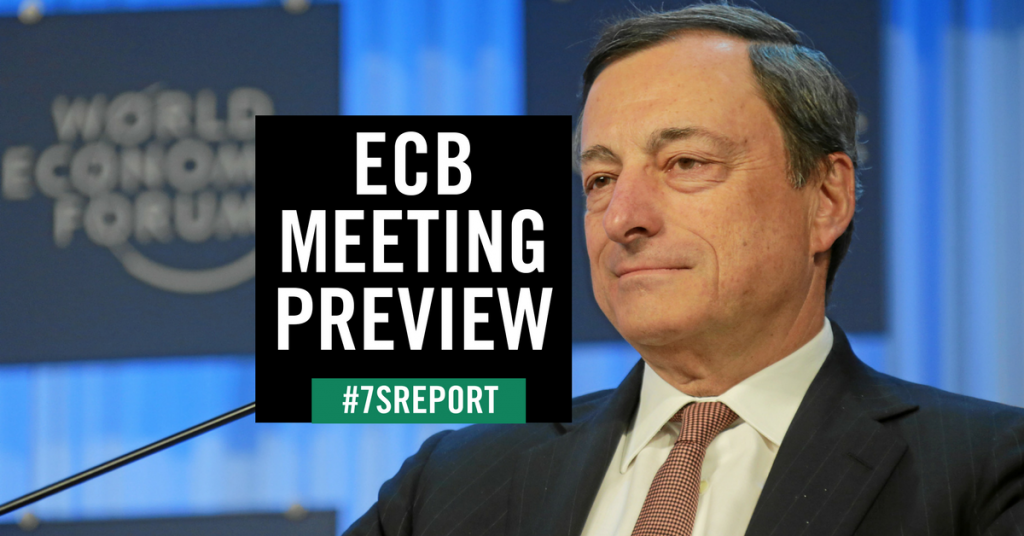The Sevens Report is everything you need to know about the markets, in your inbox by 7am in 7 minutes or less. Claim your free two-week trial today.
Ever since I started my career I’ve viewed the post Labor Day time in the market as the “make or break” period of the year—because I’ve found the September-December months provide an inordinate share of both risks and opportunities for portfolios… and I believe this year will be no different.
So, as we start this “stretch run” into the end of the year, the current market set up remains as follows: Stocks have had a great year from a return standpoint, and momentum and the benefit of the doubt remain with the bulls. Yet at the same time, cracks are appearing in this Teflon market, and as such I view the market as being at much more of a tipping point than most analysts.
I believe we will either get the positive catalysts that will send stocks higher between now and year end, or the forces that have powered stocks higher throughout 2017 (earnings growth, momentum) will begin to recede, potentially opening an “air pocket” like we saw in August 2015 and early 2016.
I want to spend time today focusing on the key catalysts that I believe will decide whether the market extends the 2017 gains between now and year end, or whether we see a pullback.
But before I go into these catalysts, with regards to the weekend’s news, it goes without saying that a military conflict with North Korea is a near-term bearish gamechanger.
To be clear, I do not think that it will happen, but at the same time the level of tension here is rising considerably. If there is a military strike against North Korea, reducing tactical positions will be prudent, and it’s one reason why I continue to advocate buying puts on the Nasdaq or Russell with September or October expirations.
Away from North Korea, the catalysts that, in our opinion, will make or break 2017 are: Tax cuts, earnings, and the ECB/Fed decisions.
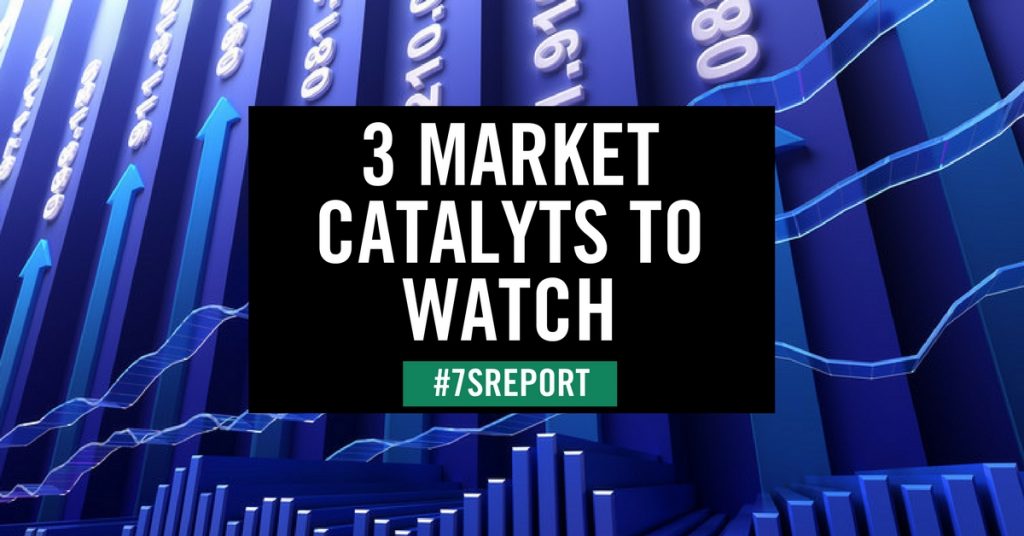
Catalyst 1: Tax Cuts. Why This Matters—It Could Spark Another 5% Rally (Easily). Tax cut disappointment is a risk to the markets, but in reality, the likely market implications for the tax cut issue are either 1) Nothing, or 2) Positive.
I say that for a simple reason… the market is expecting very little in the way of tax cuts (28% corporate rate, foreign profit repatriation). So, it’ll take literally no change to the tax code to really disappoint markets and cause a tax cut related pullback. Conversely, the market has not priced in 25% (or lower) corporate tax rates and aggressive foreign profit repatriation. If that happens, expected 2018 S&P 500 EPS will rise immediately to $145/share (conservatively), which should allow the S&P 500 to rally close to 5% and still not breach 18X 2018 earnings.
Key Dates: There needs to be a formal bill introduced into one of the chambers of Congress by mid-October if we’re going to get something done by early 2018. If there’s no bill by then, look for stocks to be mildly disappointed. If there’s nothing by year end, look for it to be a headwind.
Catalyst 2: Earnings. Why This Matters—It Could Make the Market Too Expensive on a Valuation Basis. The 2017 earnings estimate for the S&P 500 is about $131/share. The 2018 S&P 500 earnings estimate is $140/ share. That’s about 7% yoy earnings growth—so that’s accounted for the vast majority of the S&P 500’s 10% YTD return.
But, there are some early signs that the growth rate of earnings is starting to peak. More specifically, a good Q2 earnings season failed to spark much of a rally in the market, so if Q3 earnings disappoint (even a little bit) that could cause some concern about that $140 2018 S&P 500 EPS, and investors might begin to book profits, which could easily snowball given extended valuations.
Key Dates: Oct. 9. That’s the unofficial start of Q3 earnings season (the big banks report that week).
Catalysts 3: Fed/ECB. Why This Matters—The Dollar. The ECB decision on the announcement of tapering (which will come this Thursday), and the Fed’s commentary at the meeting on Sept. 20, will be important for the markets for one main reason—currencies.
The Dollar Index is near multi-year lows on the expectation of ECB tapering, and that’s been an unsung tailwind on the markets so far in 2017. But, if the ECB surprises this Thursday and doesn’t announce its intention to taper QE starting in 2018, the dollar will surge and the euro will drop, and that could be a surprise headwind on U.S. stocks.
Additionally, since July the market has largely convinced itself that the Fed won’t hike rates in December, but it’s important to realize that Fed leadership (Yellen, Dudley, Fisher) haven’t really confirmed that expectation. If economic data gets better between now and then, even with low inflation, the market could have to price in another rate hike, which could also be a near-term head-wind.
Key Dates: Sept. 7 (ECB Meeting), Sept. 20 (FOMC meeting).
Wildcard to Watch: Withheld for subscribers. Unlock with a free two-week trial subscription to the Sevens Report.

